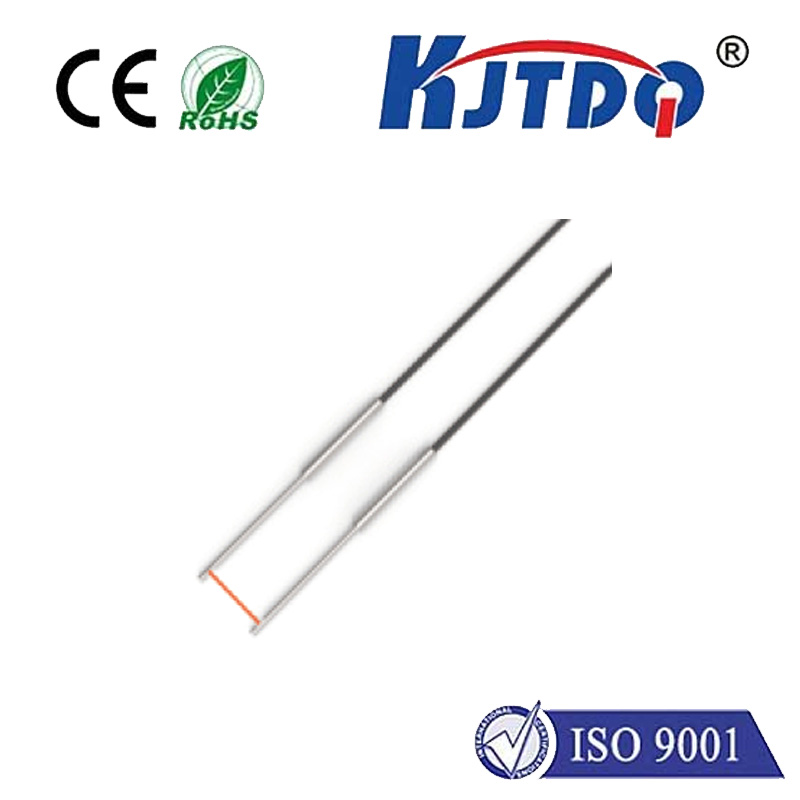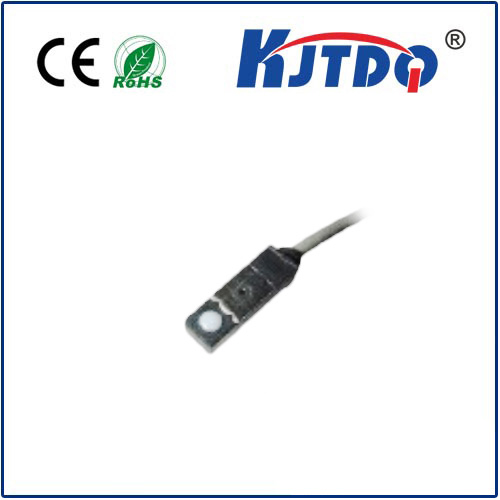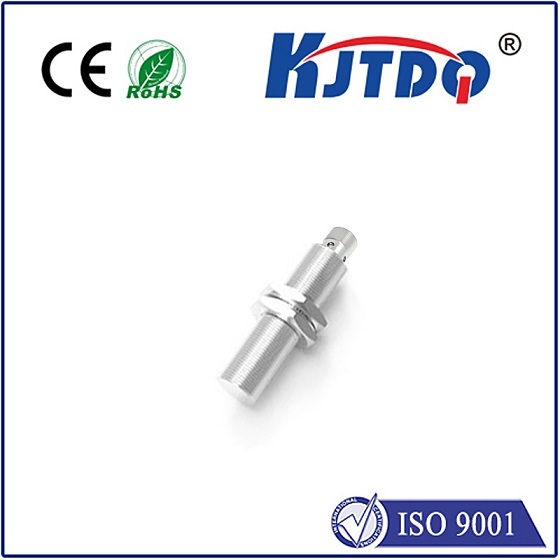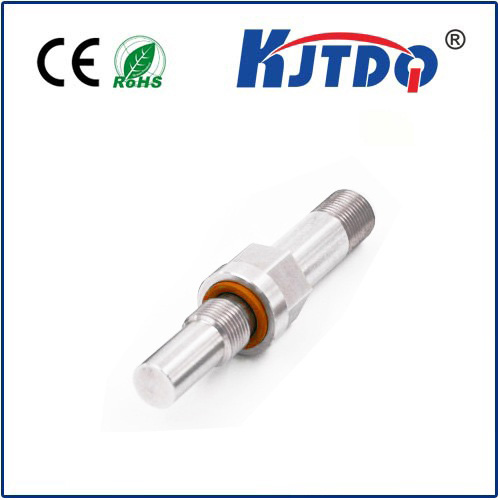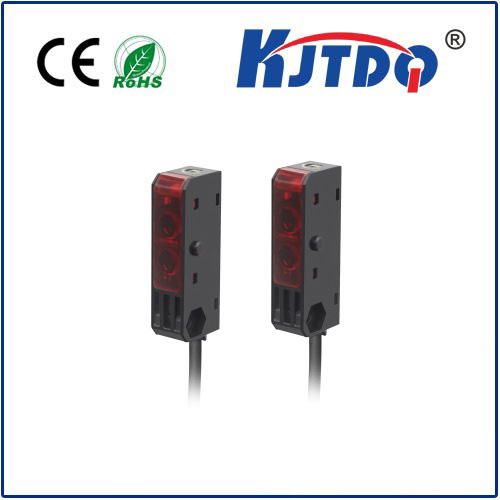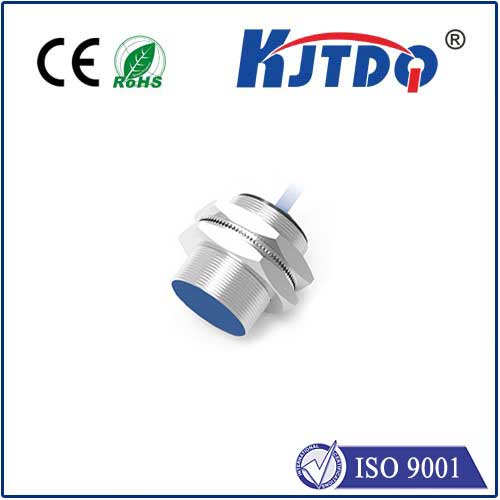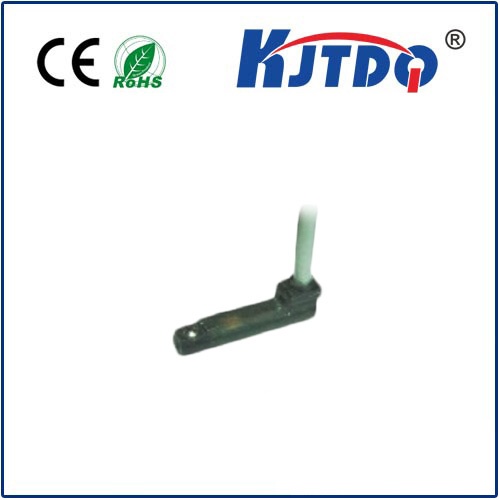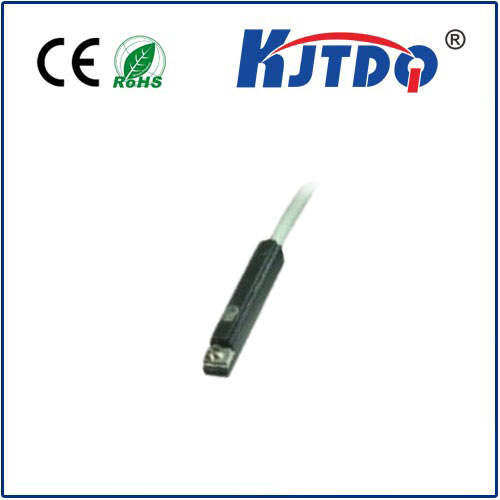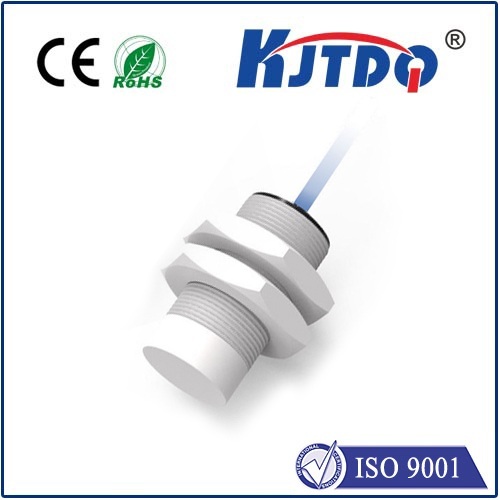

check

check

check

check

check

check

check

check

check

check
Remember those futuristic movies where lights snapped on as someone entered a room, or doors unlocked magically upon approach? That captivating convenience is no longer science fiction. Thanks to the home proximity sensor, this intelligent automation is readily available, transforming ordinary living spaces into responsive, efficient, and safer smart homes. These unassuming devices are the silent conductors orchestrating a symphony of convenience, security, and energy savings, all reacting to your presence or absence.
But what exactly is a home proximity sensor, and how does it work? At its core, a proximity sensor detects the presence or absence of an object (usually a person) within a specific range without physical contact. In the context of the smart home, this typically translates to sensing when someone enters or leaves a designated area. The most common technologies used include:
The real power of proximity sensors in the home unfolds in their diverse applications:

Choosing the right home proximity sensor involves considering your specific needs and environment:
Seamless integration is key. Modern smart home proximity sensors are designed to work within larger ecosystems. Pairing them with smart switches, plugs, thermostats, and security panels via a hub or direct cloud connection unlocks the true potential of automation. For instance, a sensor detecting motion in your entryway at night could trigger the hallway light and send a gentle notification to your phone. The smart home becomes genuinely anticipatory.
Beyond immediate reactions, proximity sensors contribute significantly to energy efficiency. By ensuring lights, HVAC, and appliances are only active when truly needed, they help reduce your carbon footprint and lower utility bills – a tangible benefit beyond mere convenience.
Installing basic home proximity sensors is often surprisingly straightforward. Many wireless models adhere easily to walls or ceilings. However, for integrated system setups involving electrical wiring or complex automations, consulting a smart home professional might be wise to ensure optimal placement and configuration. Proper placement prevents “dead zones” and minimizes false activations.
The home proximity sensor is a foundational element in building a modern, responsive living environment. From the simple joy of hands-free lighting to the peace of mind offered by smarter security and the tangible savings of optimized energy use, these devices deliver significant value. By understanding the technology, its applications, and integration possibilities, you can strategically deploy these sensors to create a home that truly senses you and reacts intuitively, making everyday life just a little bit easier, safer, and more efficient.
